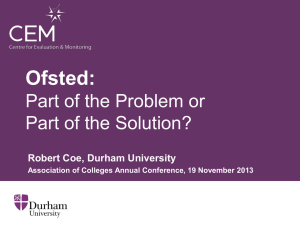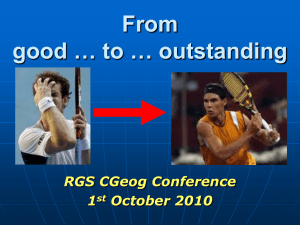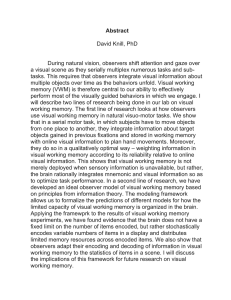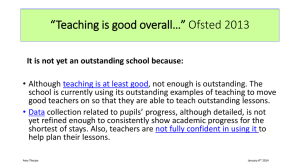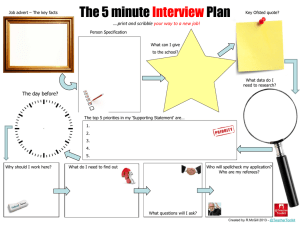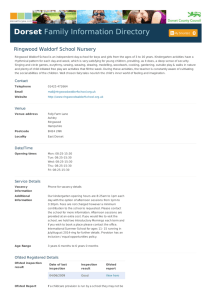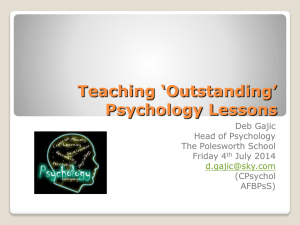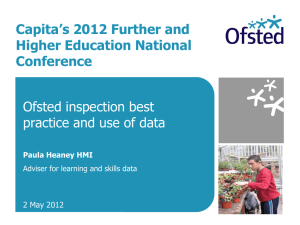Lesson Observation, Grading Criteria and What Observers are
advertisement
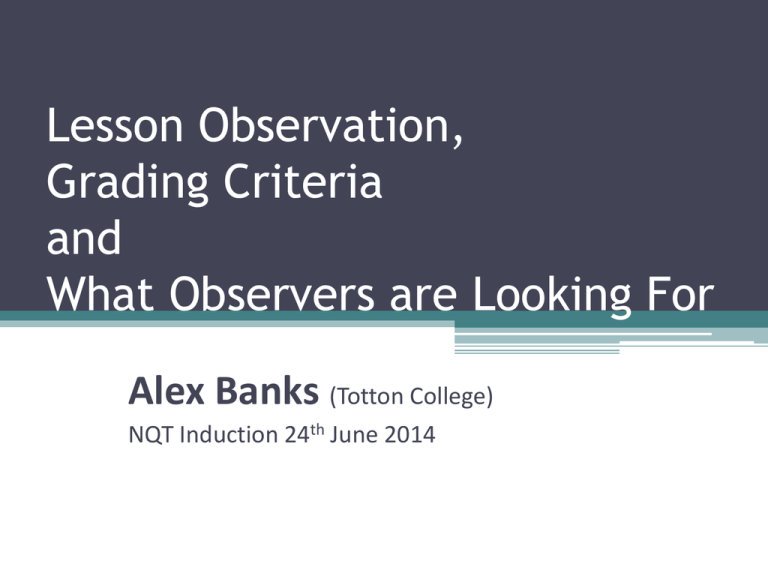
Lesson Observation, Grading Criteria and What Observers are Looking For Alex Banks (Totton College) NQT Induction 24th June 2014 Objectives By the end of the session you should be able to: • Outline the positive role lesson observation plays in teaching practice • Describe the Ofsted perspective on lesson observation • Outline the key indicators of a grade 1 lesson • Reflect on your own teaching practice and have a clear target for improvement Lesson Observation – Why? + - Ingredients for a grade 1 lesson • What does a grade 1 lesson look like? • What is happening in the classroom? OFSTED: • LEARNING – the learners have made PROGRESS. • The TEACHING has had an IMPACT (learning has taken place). • You cannot be an outstanding college if there is no evidence of outstanding teaching, learning and assessment. What are observers looking for? They are watching the learners: are they learning? What do you need to embed in the lesson? • There should be no missed opportunities Grading Criteria • Grade 1 OUTSTANDING • Grade 2 GOOD • Grade 3 REQUIRES IMPROVEMENT • Grade 4 INADEQUATE See notes in pack What do Observers See? Activity: Use the grade descriptors to summarise what an observer will see in a grade 1, 2, 3 and 4 lesson. On-going Development • Observation as a learning tool – watch as many teachers in as many subjects as you can. • Be a reflective practitioner: be positive about feedback and address action points. Review • Reflecting on this session, answer the following questions (pack): • What do you already do well? • What could you do differently? • Decide on one new action/strategy/way of thinking that you will develop in your own teaching practice. Assessment of Objectives Can you: • Outline the positive role lesson observation plays in teaching practice • Describe the Ofsted perspective on learning • Outline the key indicators of a grade 1 lesson • Reflect on your own teaching practice and have a clear target for improvement Questions/discussion

